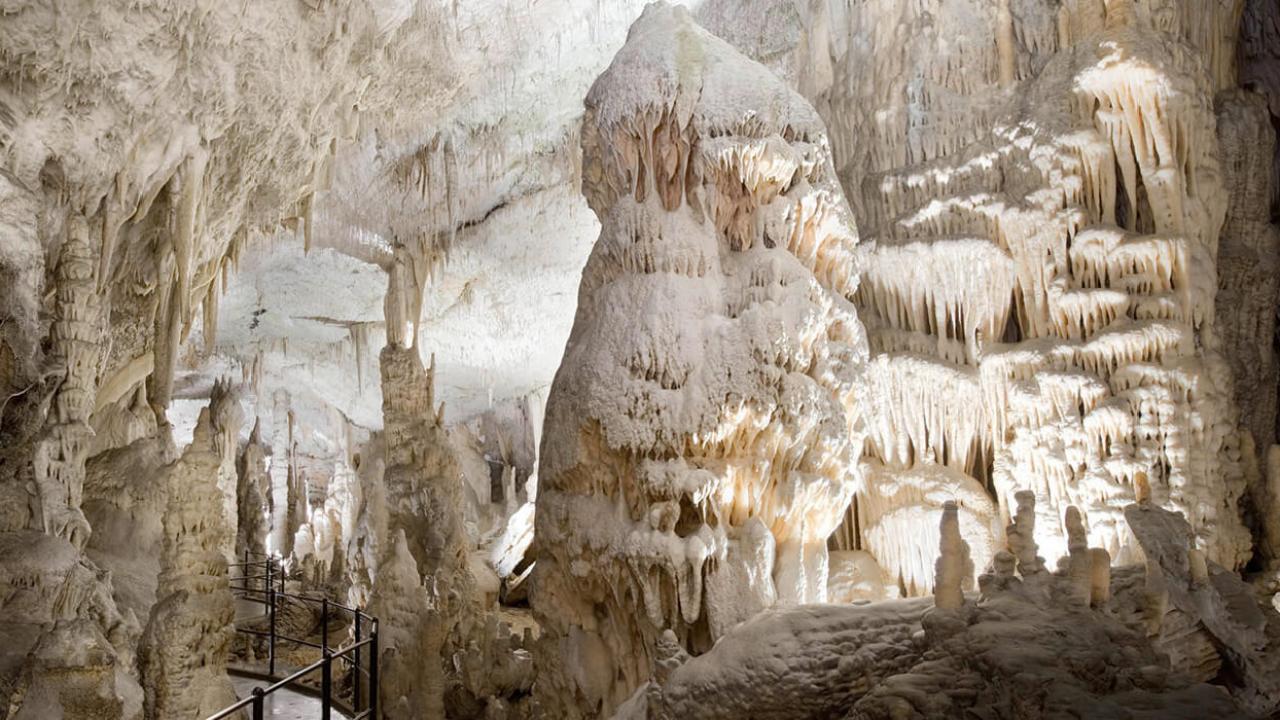Introduction Of the Fushimi Inari Taisha in Japan
Welcome to the captivating world of the Fushimi Inari Taisha in Japan, a mystical shrine that will leave you mesmerized with its enchanting beauty and history. Nestled at the base of Mount Inari in Kyoto, this shrine is renowned for its awe-inspiring pathway adorned with over 10,000 vibrant torii gates. Each visit to Fushimi Inari Taisha is a unique experience, immersing visitors in a world of rich traditions, spiritual significance, and breathtaking scenery.
Exploring the Mystical Pathways
1. A Gateway to the Spiritual Realm
The torii gates of Fushimi Inari Taisha are not just picturesque attractions; they hold immense spiritual significance. Each torii gate marks the entrance to a sacred space, symbolizing the threshold between the physical world and the spiritual realm. As you pass through the gates and explore the pathways, you embark on a spiritual journey, leaving behind worldly concerns and immersing yourself in the tranquility of the shrine.
Inari, the Shinto god of rice and prosperity, is enshrined at Fushimi Inari Taisha. The torii gates represent offerings from individuals, families, and businesses seeking blessings and good fortune. Visitors here seek guidance, protection, success, and fulfillment of their deepest desires.
2. The History and Legend of Fushimi Inari Taisha
With a history dating back over 1,300 years, Fushimi Inari Taisha is steeped in legend and mythology. Legend has it that the shrine was established in 711 AD by Hata-no-Irogu, the patriarch of the Hata clan. The Hata clan, a wealthy and influential family at the time, worshiped Inari as their patron deity.
The shrine’s association with prosperity and Yuzuru-ha dolls, thought to bring good luck and wish fulfillment, further adds to its allure. Walking through the pathways of Fushimi Inari Taisha, one can’t help but feel a connection to centuries of history and spiritual devotion.
Experiencing the Wonders
1. The Path of Thousand Gateways
One of the most iconic features of Fushimi Inari Taisha is the senbon torii, translating to “thousand torii gates.” As you venture deeper into the shrine grounds, the paths become increasingly immersed in vibrant vermillion torii gates stretching endlessly into the distance. The mesmerizing sight creates an otherworldly ambiance, transporting you to a realm of tranquility and introspection.
Each gate is sponsored by individuals or businesses who have made offerings to Inari. You can take your time to explore the path at your own pace, absorbing the spiritual energy and admiring the sheer beauty of the gates. Along the way, you may also encounter various stone fox statues, believed to be Inari’s messengers and guardians.
2. The Serene Inner Shrine and Tea Houses
At the heart of the shrine complex lies the Inner Shrine, a serene oasis that offers respite from the bustling pathways. Surrounded by lush greenery and exuding an air of tranquility, the Inner Shrine showcases traditional Shinto architecture and provides a space for visitors to pay their respects and offer prayers.
Adjacent to the Inner Shrine are charming tea houses, where you can savor traditional matcha tea and Japanese sweets. The tea houses offer a serene vantage point to admire the beauty of the shrine and its surroundings while revitalizing your spirit with a moment of calm contemplation.
Table Breakdown of Fushimi Inari Taisha
| Aspect | Details |
|---|---|
| Location | Kyoto, Japan |
| Founded | 711 AD |
| Primary Deity | Inari – The Shinto god of rice and prosperity |
| Number of Torii Gates | Over 10,000 |
| Significance | Prayers for good fortune, success, and prosperity |
FAQs about Fushimi Inari Taisha
1. Is Fushimi Inari Taisha accessible for wheelchair users?
Yes, the shrine and the main pathway are wheelchair accessible. However, the more steep and uneven trails leading to the summit may pose challenges.
2. Are there any admission fees to enter the shrine?
No, Fushimi Inari Taisha does not charge any admission fees. The shrine is open to visitors free of charge.
3. Can I visit Fushimi Inari Taisha at night?
Yes, the shrine’s premises remain open after sunset. Exploring the torii gate pathways illuminated by lanterns creates a magical and ethereal atmosphere.
4. Are there any restrictions on photography within the shrine?
Photography is allowed throughout the shrine complex, including the pathways and the Inner Shrine. However, it is important to be respectful and avoid disrupting any ongoing rituals or ceremonies.
5. Are there any dining options available near Fushimi Inari Taisha?
Yes, there are various dining options available in the vicinity of Fushimi Inari Taisha. You can find local restaurants and food stalls offering traditional Japanese cuisine.
Conclusion
Exploring the mystical pathways of Fushimi Inari Taisha is a truly unforgettable experience. From the vibrant torii gates symbolizing spiritual offerings to the serene tea houses and the captivating history woven within its grounds, this shrine effortlessly transports visitors to a world of enchantment. Whether seeking spiritual fulfillment, cultural immersion, or simply an escape into nature, Fushimi Inari Taisha in Japan promises a journey of awe-inspiring beauty and deep introspection.
For more articles on fascinating destinations and cultural experiences, please check out our other captivating travel guides.






















